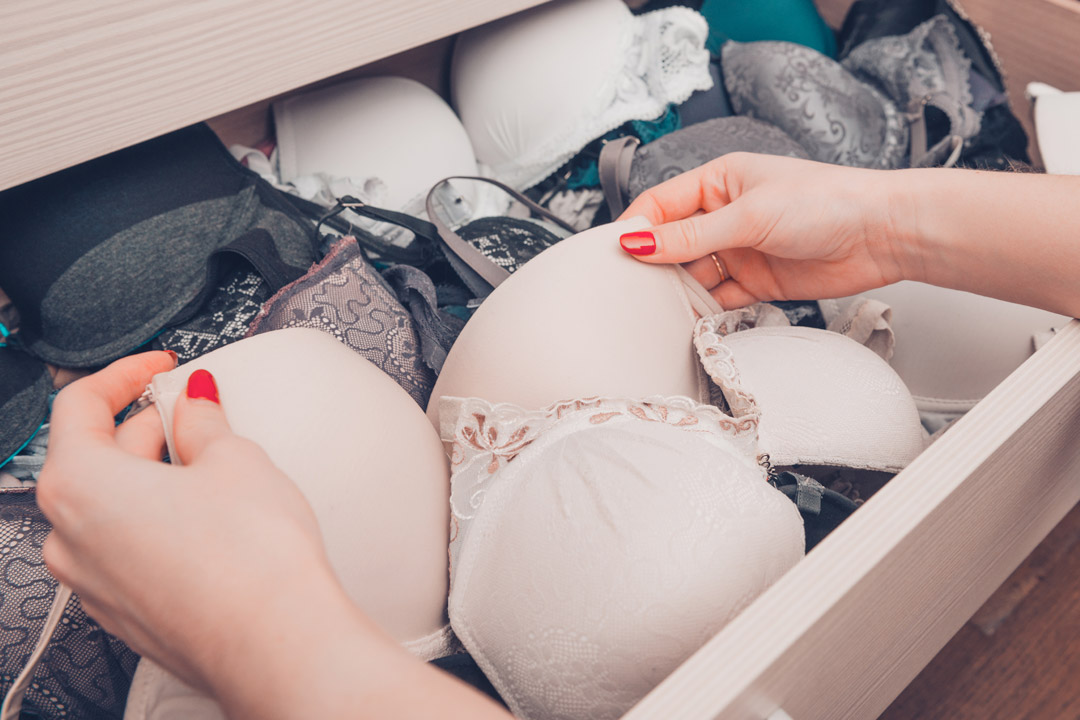Silicone Nipple Covers: What you Need to Know after Breast Implants
Silicone nipple covers have become increasingly popular as a discreet and comfortable alternative to traditional bras, particularly for women who have undergone breast implant surgery. Women often feel confident and comfortable without the need for padded bras and change their wardrobe and accessories. These nipple covers can offer several benefits, including:
- Comfort: Silicone is a soft and gentle material that can feel more comfortable than traditional underwire bras.
- Discretion: Silicone nipple covers are virtually invisible under clothing, providing a discreet and natural look that works with strapless and backless tops and dresses.
Proper Hygiene for Silicone Nipple Covers
To ensure the longevity and effectiveness of your breast implant surgery, it’s essential to follow proper hygiene practices when it comes to both your nipples and the nipple covers:
- Wash Before First Use: Wash your nipple covers with mild soap and warm water before using them for the first time.
- Regular Nipple Cover Cleansing: After each use, gently wash your nipple covers with antibacterial soap and warm water. Rinse thoroughly and allow them to air dry completely.
- Regular Cleansing of the Nipples: After each use, gently wash your nipples with antibacterial soap and water and allow them to dry.
- Avoid Continuous Use: Just as you would not sleep in a full face of makeup, you should not sleep with nipple covers. Let your nipples breathe.
- Store Properly: When not in use, store your nipple covers in a clean, dry place.
Why Shouldn’t I Wear Nipple Covers Continuously?
- Skin Irritation: Prolonged use of nipple covers, especially in warm and humid environments, can lead to skin irritation, redness, and even infections like mastitis.
- Moisture Build-up: Trapping moisture beneath the covers can create a breeding ground for bacteria, increasing the risk of infection.
- Clogged Breast Ducts: Trapped moisture plus bacteria can clog up the breast ducts and cause an infection called mastitis, which can negatively impact your breasts and breast implant recovery.
How Often Should I Wash My Nipples and Nipple Covers?
- Daily Washing: Gently wash your nipples and the areas around your incisions with mild soap and warm water. Pat dry with a clean towel.
- Regular Cover Cleaning: Wash your nipple covers after each use with antibacterial soap and water. Rinse thoroughly and allow them to air dry completely before reusing.
Using Silicone Nipple Covers After Breast Implant Surgery
Following breast implant surgery, silicone nipple covers can be a valuable tool for both comfort and cosmetic purposes. By providing a gentle and discreet alternative to traditional bras, these covers can enhance your overall comfort. Be sure to monitor for signs of infection, such as redness, swelling, pain, or discharge. If you notice any of these symptoms, contact your surgeon immediately.
Remember, proper hygiene is essential for maintaining the health of your skin and preventing infections. By following the guidelines outlined above, you can ensure that your silicone nipple covers remain clean, comfortable, and effective.
Considering Breast Augmentation surgery? Contact us today to schedule a consultation with board-certified plastic surgeon, Dr. Shruti Tannan.









